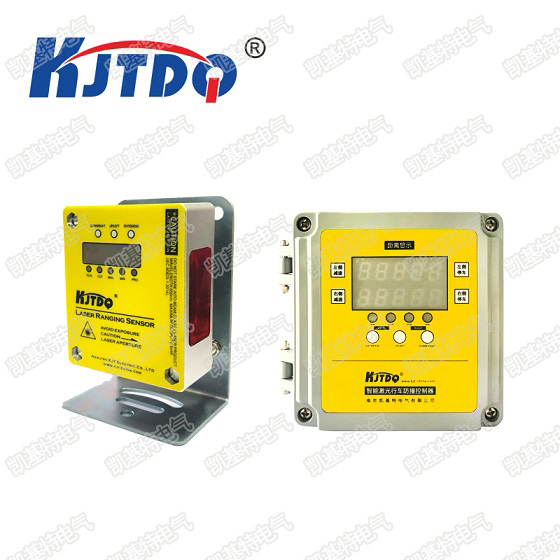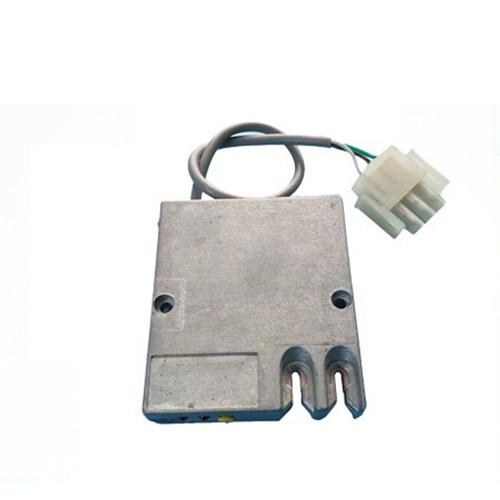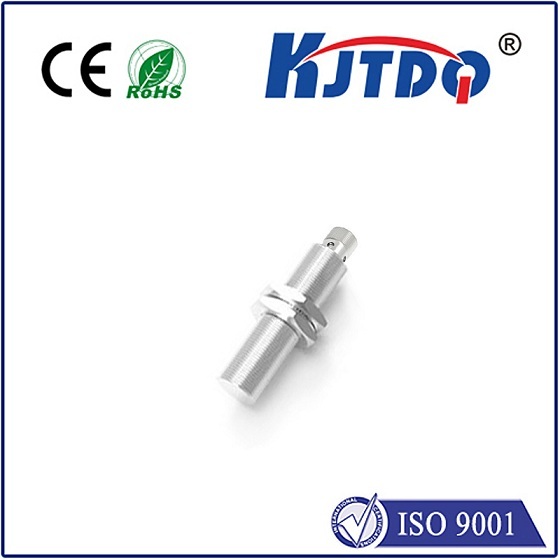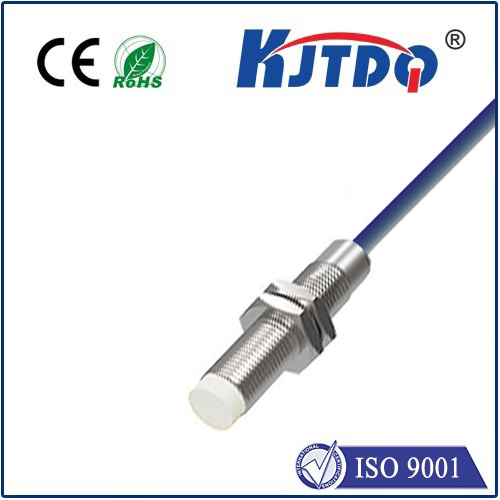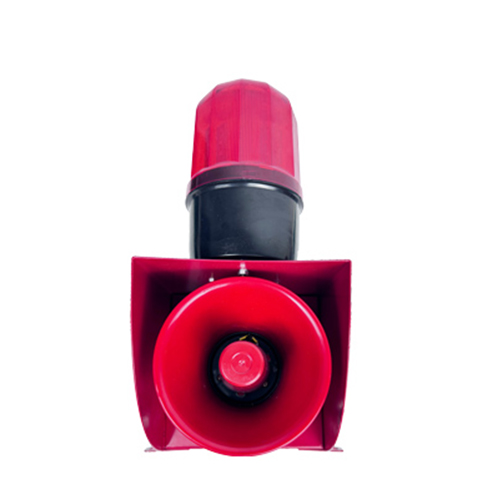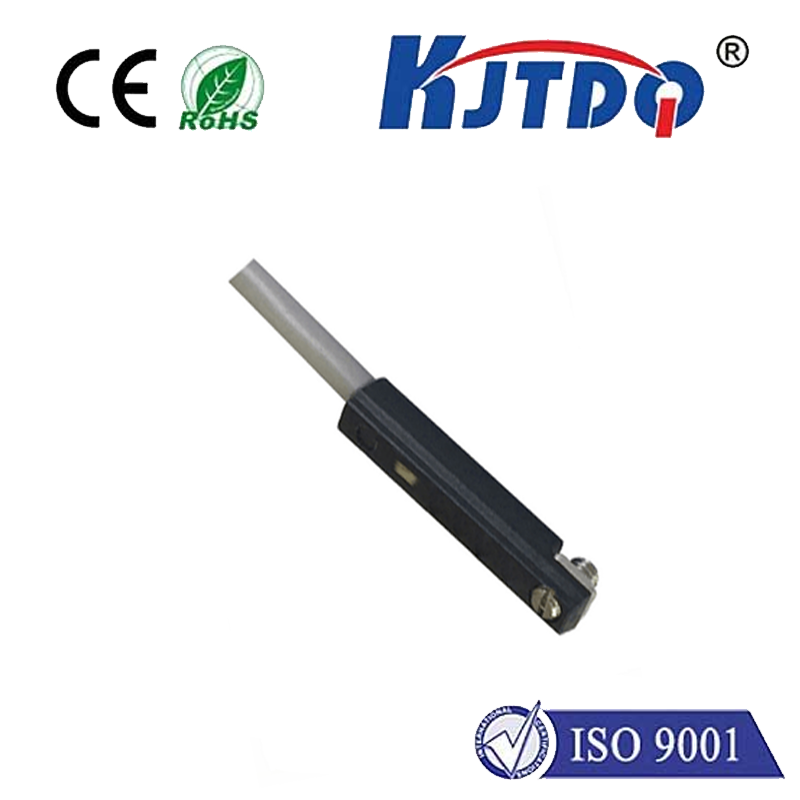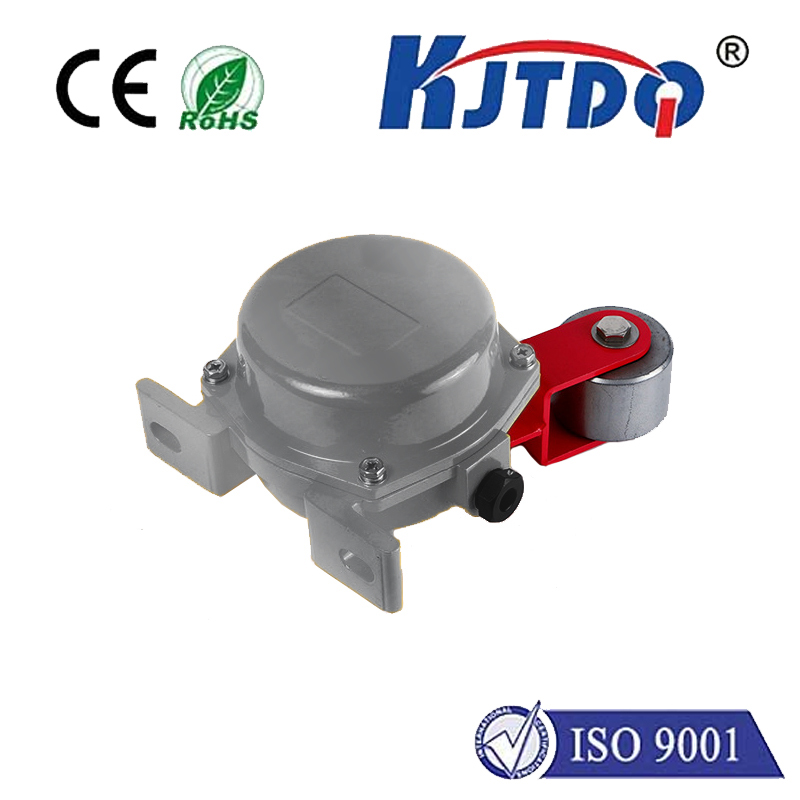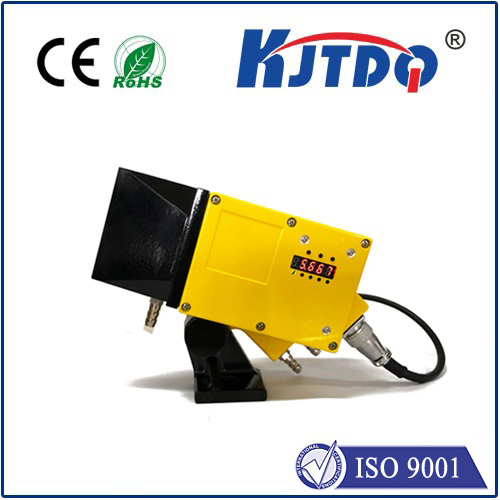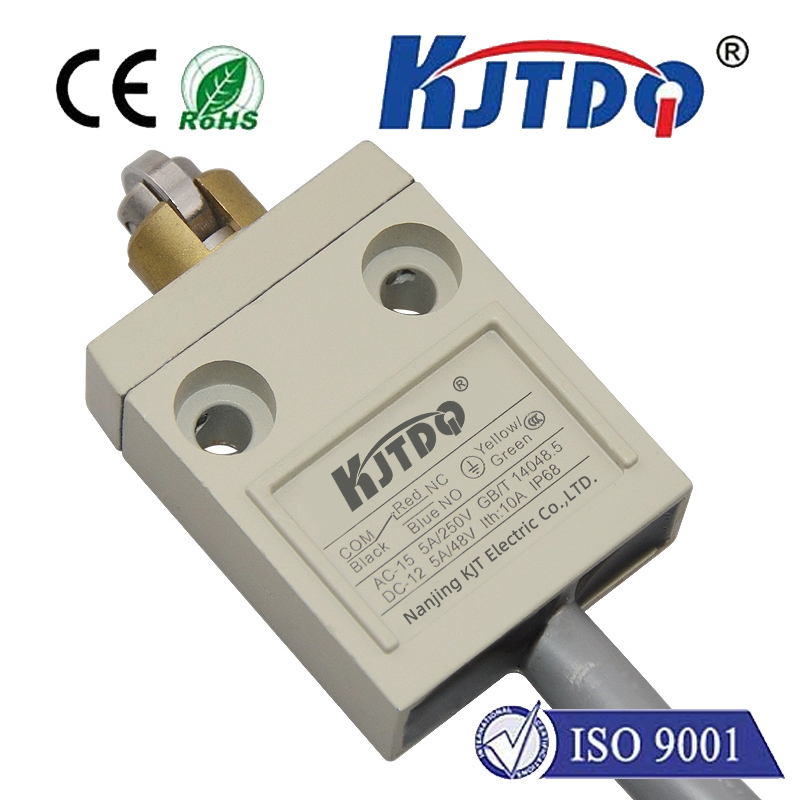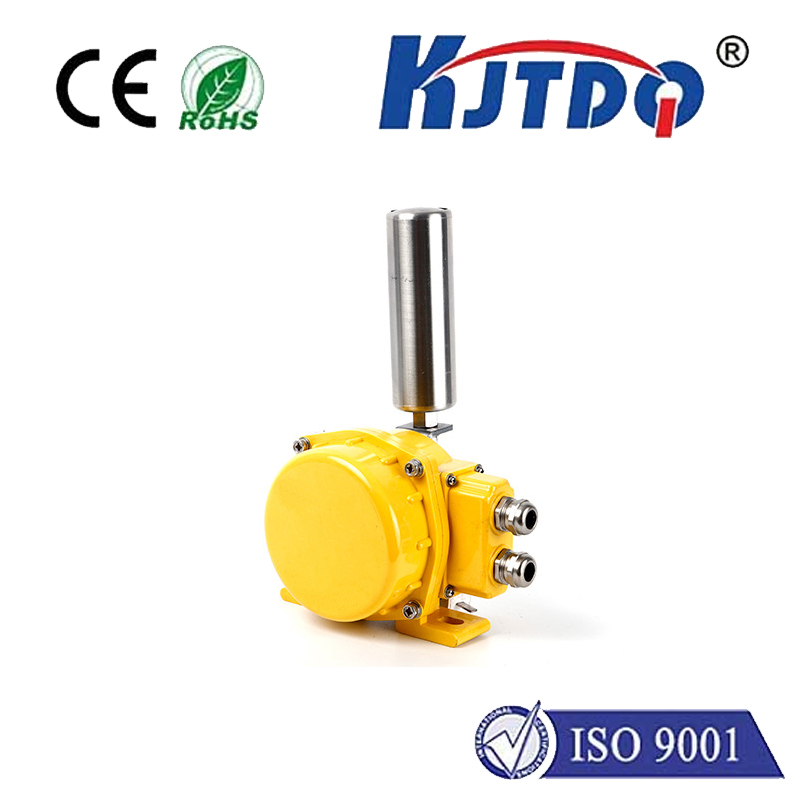

check

check

check

check

check

check

check

check

check

check
The Power of Reflective Beam Sensors: Enhancing Industrial Safety and Efficiency
As industries continue to evolve, the need for advanced technologies to improve safety and efficiency becomes paramount. One such technology that has emerged as a game-changer is the reflective beam sensor. These sensors have revolutionized industrial automation by providing unparalleled accuracy and reliability in detecting objects, personnel, and machinery. In this article, we will delve into the power of reflective beam sensors and explore how they are enhancing industrial safety and efficiency.
Firstly, let's understand what a reflective beam sensor is. A reflective beam sensor consists of a transmitter and a receiver, which work in tandem to create an invisible light beam. When an object interrupts this beam, the receiver detects the disruption and sends a signal to the control system, triggering appropriate actions. These sensors operate on various principles, including infrared, laser, or ultrasonic waves, depending on the specific application requirements.

One of the key advantages of reflective beam sensors is their ability to provide non-contact detection. Unlike traditional mechanical switches or proximity sensors, these sensors do not require physical contact with the object being detected. This reduces wear and tear on machinery and increases the longevity of both the sensor and the equipment it monitors. Additionally, non-contact detection eliminates the risk of contamination or damage to sensitive materials, making it ideal for applications in food processing, pharmaceuticals, and other cleanroom environments.
Reflective beam sensors also offer exceptional accuracy and reliability. They can detect objects as small as a few millimeters in size and can operate over distances of several meters. This makes them suitable for a wide range of industrial applications, from high-speed conveyor belts to hazardous chemical processes. Moreover, these sensors are immune to environmental factors such as dust, fog, and extreme temperatures, ensuring consistent performance even in challenging conditions.
In terms of industrial safety, reflective beam sensors play a crucial role in preventing accidents and injuries. They can be used to monitor access to dangerous areas, detect potential collisions between personnel and machinery, and ensure that machines are not operated when maintenance is being performed. By integrating these sensors into safety systems, industries can create a safer working environment for their employees while minimizing downtime caused by accidents or injuries.
Apart from safety, reflective beam sensors also contribute to improved efficiency in industrial processes. For example, they can be used to monitor inventory levels automatically, reducing the need for manual checks and minimizing the risk of stockouts or overstocking. Furthermore, these sensors can optimize machine operation by detecting when production lines are running efficiently or when adjustments are needed. This leads to increased throughput and reduced waste, ultimately resulting in cost savings for businesses.
In conclusion, reflective beam sensors are a powerful tool for enhancing industrial safety and efficiency. Their ability to provide non-contact detection, exceptional accuracy, and reliability make them suitable for a wide range of applications across various industries. As technology continues to advance, we can expect further innovations in reflective beam sensors that will enable even more sophisticated automation solutions and drive progress towards smarter, safer workplaces.
